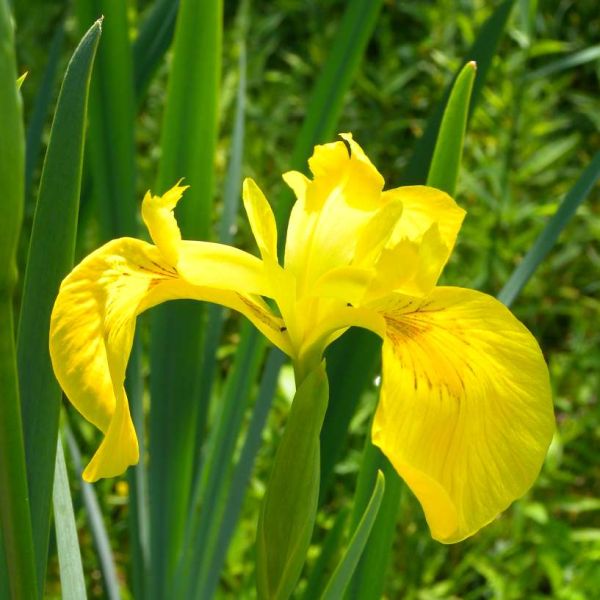Iris Pseudacorus Seeds (Yellow Flag, Pale Yellow Iris Seeds)
Iris Pseudacorus Seeds (Yellow Flag, Pale Yellow Iris Seeds)
Iris pseudacorus is flowering in early Spring in the South (Florida) and in Summer in the North (Canada).

Delivery
All orders shipped with UPS Express.
Always free shipping for orders over US $250.
All orders are shipped with a UPS tracking number.
Returns
Items returned within 14 days of their original shipment date in same as new condition will be eligible for a full refund or store credit.
Refunds will be charged back to the original form of payment used for purchase.
Customer is responsible for shipping charges when making returns and shipping/handling fees of original purchase is non-refundable.
All sale items are final purchases.
Help
Give us a shout if you have any other questions and/or concerns.
Email: contact@domain.com
Phone: +1 (23) 456 789
Availability: In stock
SKU
Iris Pseudacorus
Iris pseudacorus, also named the Yellow Flag and Pale Yellow Iris, is native to Europe, North Africa and the Mediterranean region. Iris pseudacorus is a perennial reaching 2-3 feet tall.
The slender branching stems, as long as the leaves, bear 3-5 pale to deep yellow flowers 4 inches across. The flowers have 3 large downward-spreading sepals and 3 smaller erect petals; on each flower sepal are patterns of delicate light-brownish to purple veins or flecks. Iris pseudacorus is flowering in early Spring in the South (Florida) and in Summer in the North (Canada).
It is a tall plant with long, dark green, flattened, sword-like leaves, arising in a fan from the soil. Its leaves sometimes die back over Winter, but persist if Winters are mild. Fruit a capsule, seed pod, large to 4-8 cm, glossy green. The plant spreads by means of its modified stems, rhizomes, which are located below the soil surface.
Hardiness zones 4-9, (-32øC/-25øF, -5øC/25øF) in Winter. A very adaptive species, it is tolerant of dry soils, where it will be shorter; although it is a water-loving species that grows best in wet areas and full sun. This Iris likes acid conditions.
| Common name | Yellow Flag |
|---|---|
| Species | Iris pseudacorus |
| Germination | First, you can scarify the seeds to try to speed up germination. For faster germination, soak the seeds in slightly hot water for 24-48 hours, followed by 3 months cold stratification before sowing, 1/4 inch deep, in your soil. Keep damp soil, not soaking wet. Keep pot in warm situation 20øC/68øF. Germination usually takes several months. It can be more, depending on their degree of unbroken dormancy, don't give up. |
| Scarification / Stratification | Seed coats may be so hard that they are impermeable to water. They need to be scratched or broken using a knife or sandpaper, in order to germinate. Chip the seeds with a sharp knife or make a few swipes with a sharp edged file or use sandpaper to allow moisture being more readily absorbed. |
| Price View | Price Range |

